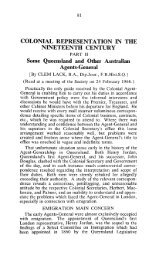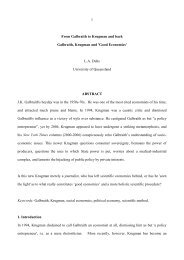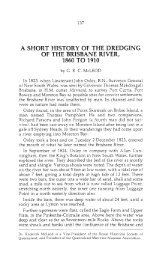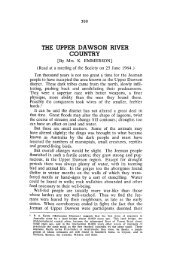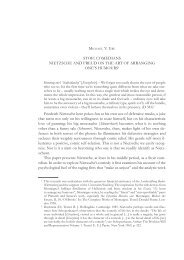Body language: - UQ eSpace - University of Queensland
Body language: - UQ eSpace - University of Queensland
Body language: - UQ eSpace - University of Queensland
Create successful ePaper yourself
Turn your PDF publications into a flip-book with our unique Google optimized e-Paper software.
statements not questions and they should encourage more information and elaboration, not a yes/no<br />
answer. 8,9,12,13,25 Begin restatements with "You sound", "You seem", "Your idea is", or "You must feel<br />
as though".<br />
Reflective listening is useful because it draws out more information and shows active listening whilst<br />
encouraging the speaker to continue. It also prevents or minimises misunderstandings, shows support<br />
for and acceptance <strong>of</strong> the speaker, and can diffuse emotion and calm down an upset or emotional<br />
patient. Reflective listening can increase a patient's confidence in the care provided by health<br />
pr<strong>of</strong>essionals. 8,9,13,17<br />
Questioning to gather information<br />
The ability to ask appropriate questions is one <strong>of</strong> the most important techniques for productive<br />
interviews and consultations. 8,9,15 Health pr<strong>of</strong>essionals should avoid interrogating patients. 8,9 It is<br />
important that both participants have equal opportunity to request, receive, and disclose information. 12<br />
There are four basic steps in gathering quality information: 8,9,13,17,18,32<br />
1. Explore by asking open questions (for example "What problems have you had?")<br />
2. Use affirmative listening techniques (see above)<br />
3. Give a reflective listening response (see above)<br />
Pause and allow the speaker time to respond.<br />
Try to ensure the conversation contains only short silences, as long pauses can become uncomfortable<br />
and create a sense <strong>of</strong> loss <strong>of</strong> direction in interviews. Closed questions can also be used to elicit a quick<br />
answer (for example "Have you used this product before?"). They are efficient and provide a health<br />
pr<strong>of</strong>essional with valuable information. 9<br />
Another technique that is helpful while questioning patients is the funnelling technique which allows<br />
direction and focusing <strong>of</strong> ideas on a specific topic. 15 It involves directing questions to a particular<br />
subject area, by initially asking background open questions to gather basic information, and then asking<br />
specific closed questions to obtain more detailed information and clarify points. 15 It is beneficial to use<br />
reflective listening while focusing on the open questions to ensure that the information being obtained<br />
is accurate. 8,15<br />
6<br />
Tips on questioning patients<br />
Avoid coercive and leading questions. 10,13 These questions imply the answer being sought, for example<br />
"You will not have problems with that, will you?". Do not answer questions for the other person, or fill<br />
in thoughtful silences with nervous chatter or unrelated conversation.<br />
It is also important to avoid medical jargon when speaking with patients as they may not understand<br />
important advice, and may feel reluctant to ask questions they perceive as making them look<br />
foolish. 15,17,33,34<br />
Use "I" rather than "You" statements. 15 "You" statements are negative and can sound like accusations,<br />
while "I" statements place the responsibility for the observation on the speaker. For example: "You<br />
appear to be taking a lot <strong>of</strong> those lately", as opposed to "I have noticed that you appear to be taking a<br />
lot <strong>of</strong> those lately".<br />
Delivering information effectively<br />
The key to effective communication is to use short sentences. 12,28 Long and consequently rambling<br />
sentences confuse patients because they are unable to remember where the sentence started and what its


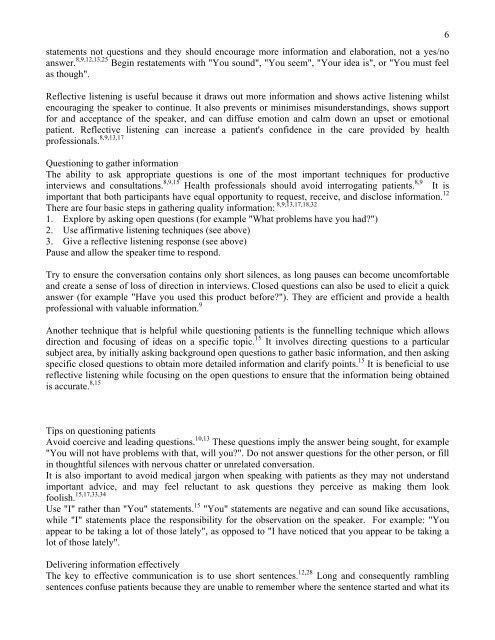


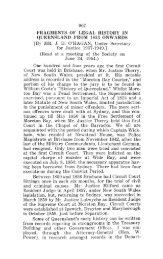


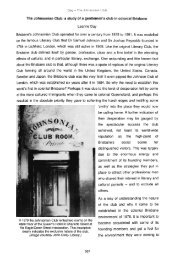
![Kanaka Labour in Queensland, [ises-mi] - UQ eSpace](https://img.yumpu.com/21925421/1/163x260/kanaka-labour-in-queensland-ises-mi-uq-espace.jpg?quality=85)

